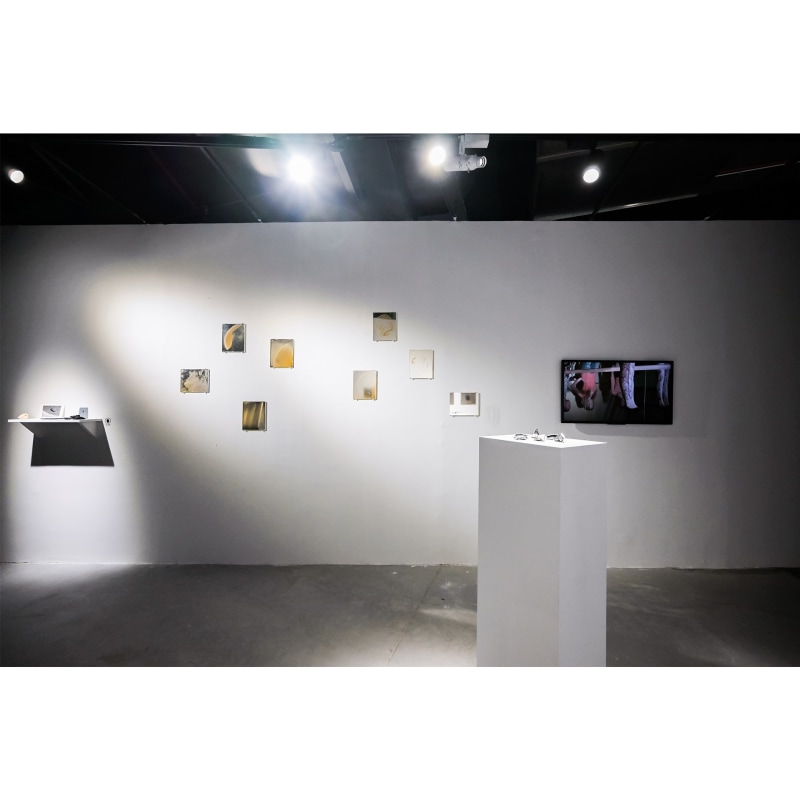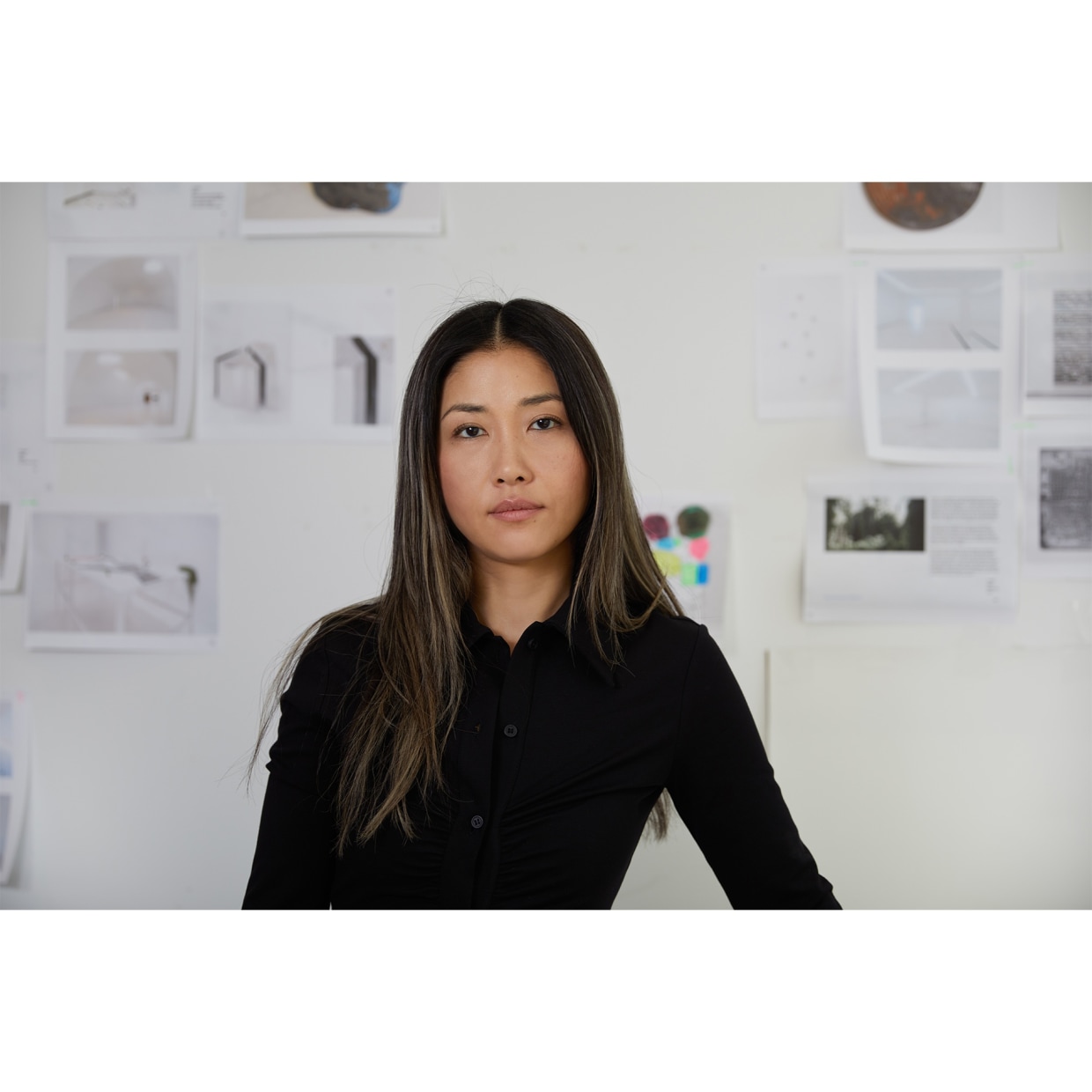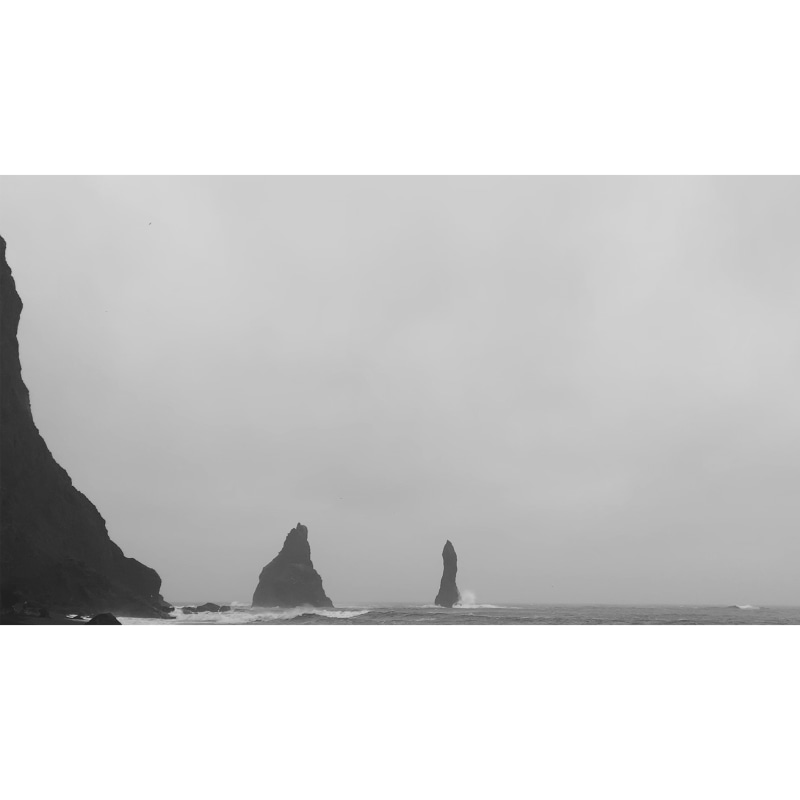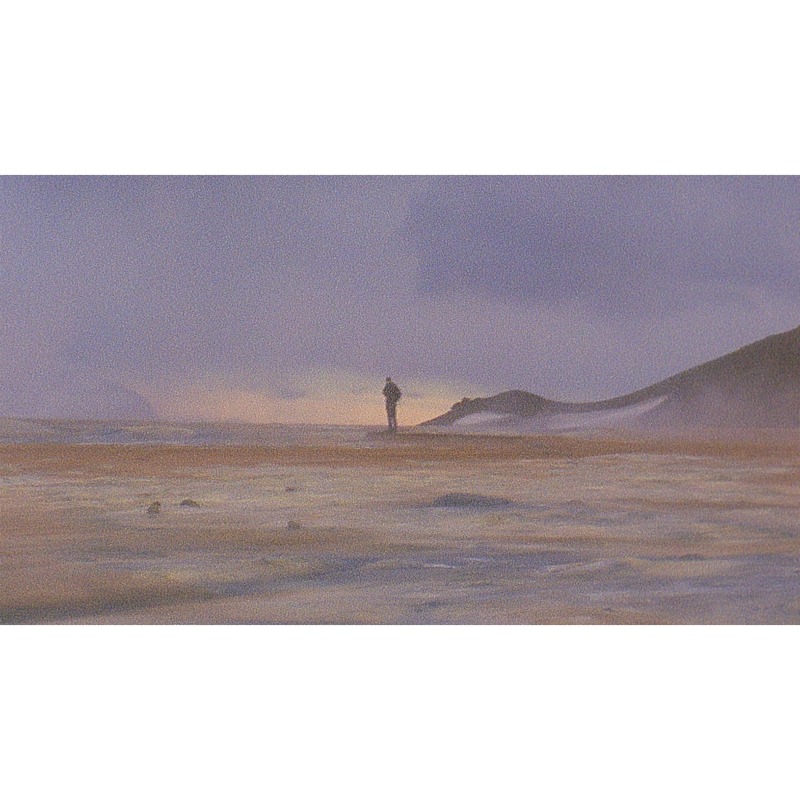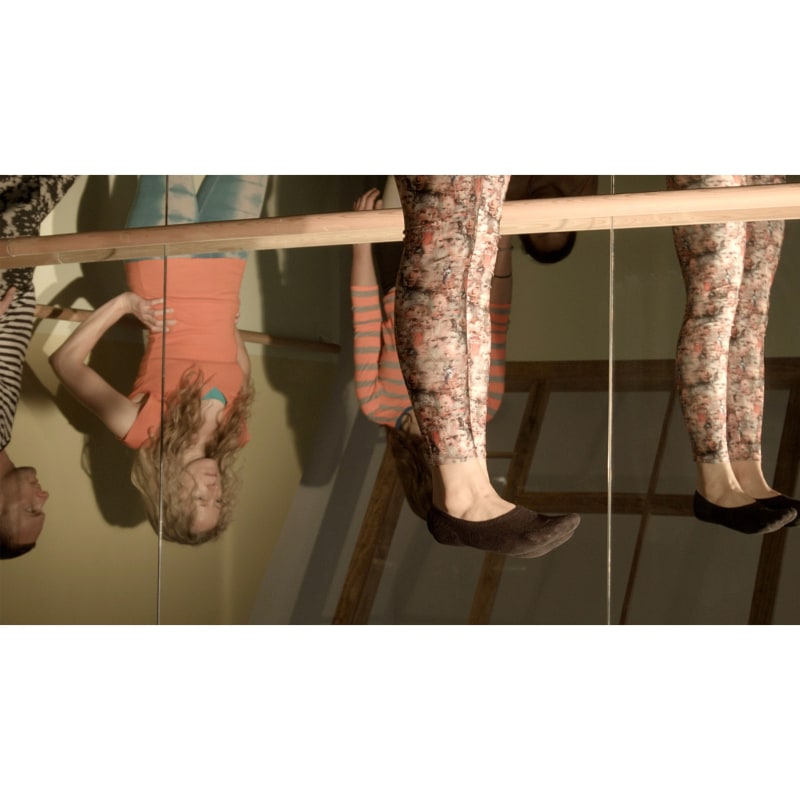Alice Wang
The Earth Is Plummeting Towards The Sun While Just Missing It
At first glance, you might think Alice Wang's works are entirely based on scientific and rational thinking, encompassing concepts such as space exploration, mathematics and geometry, high-tech research, ancient history, arts and culture, meteor showers, deserts, and fossils. The content of these images—cross-sectional microscans of meteorites, NASA archive photos—delve deep into the very depths of matter and the far reaches of the universe, revealing both precision and obscurity. Yet, she integrates various handcraft techniques into her works, such as using optical phenomena on wet collodion glass plates to refract light through crystals, or delicately gilding silver leaf to the surfaces of her works to allow colors to change with the light, thus bringing a tangible quality back to photography that collides with hyper-rational concepts. This allows viewers to instantly switch from cognitive to sensory perception, entering into a boundless spacetime. "The farther we look into the universe, the further back in time we see." Especially when viewing the Untitled (2018) series of mirror works, where viewers first see their own reflection and the surrounding space, and only upon closer inspection can they vaguely discern the blurry outlines of planets, as if they were inside a spacecraft or camera, embarking on an extraterrestrial expedition.
In addition to her backgrounds in computer science, international relations, and art, Alice Wang has also undergone professional yoga instructor training. Therefore, her works also possess a significant physicality, traveling to remote places and carrying a heavy 16mm film camera to capture images. Untitled (2019) captures her realization under the pink and blue skies of the Arctic that the sun is not a lamp that can be switched on and off, marking her first observation of the curvature of the Earth. Untitled (2014) features inverted yoga practitioners, who, after post-processing, are flipped upright, appearing to hang down with only their palms flat against the ceiling, intuitively demonstrating the effects of gravity through bodily reactions.
Alice Wang has spent years pondering the ancient entanglement between humans and outer space, gradually revealed in the Pyramids and Parabolas series. Pyramids and Parabolas I and Pyramids and Parabolas II imagine how geometric shapes serve as gateways to parallel worlds. The parabolic shapes of modern radio telescopes used to listen to celestial signals, and the pyramidal shapes of ancient Mayan monoliths used by priests to communicate with forces beyond the human realm, can both be understood as means to transition into other universes. In Pyramids and Parabolas II , this narrative delves deeper into a more personalized and physical experience, where the artist invites viewers to see the devices she constructed in the California desert to listen to the universe. Pyramids and Parabolas III then turns to a more intimate family history and deeper personal emotions, exploring the artist's obsession with extraterrestrial exploration. For the artist, the transactional nature of human relationships might be confusing, while the eternal presence of the moon, sun, and universe, and their disregard for mundane matters, provide her with a sense of security, comfort, and refuge.
In Alice Wang's works, photography becomes a medium to expand visual boundaries and extend human perception, exploring the space between Earth and outer space. "The Earth Is Plummeting Towards The Sun While Just Missing It," describes how gravity affects Earth's elliptical orbit around the Sun, as if the planet is continuously falling. This indisputable yet poetically insane statement is like the long, bumpy journey captured behind the snowmobile's dashboard in Pyramids and Parabolas II, akin to chasing the sun in a relentless fall towards the powder-blue direction. With a critical eye, she examines worlds beyond the usual human scales of understanding, leading viewers to shift perspectives and reconsider our relationships with the surrounding world. In this era of division and polarization, faced with increasingly severe climate change challenges, positioning ourselves within the vast context of the universe allows for a more inclusive view of our collective experience.


